Enjoy a 5-day tour of Moroccan cities. Along with the hilltop village of Chefchaouen and the coastal metropolis of Casablanca, this itinerary includes the historic cities of Fes, Meknes, Rabat, and Marrakech. You’ll wander among ancient Roman ruins, shop in souks and bazaars, stroll through medieval medians, and be in awe of the intricate architectural design of Morocco’s most beautiful structures.
Highlights
- At Volubilis, discover the remnants of the Roman Empire’s farthest African expansion.
- Explore the blue lanes of Chefchaouen
- Admire the Hassan II Mosque in Casablanca’s amazing design as you stroll the turquoise streets of Chefchaouen.
- Experience The busiest square in Africa is Jemaa el-Fna in Marrakech.
Detailed Itinerary
Day 1: Exploring Fes

Welcome to Fes! The oldest of the imperial cities in Morocco (Meknes, Rabat, and Marrakech are the others), Fes is home to the most complete medina (old quarter) in the Arab world. Much of the city has remained untouched over the centuries, resulting in a more authentic medieval experience. Divided into three main areas of interest, you will explore two medina quarters, the older Fes el Bali and the newer Fes el Jdid, and the French-influenced Ville Nouvelle. Meet your guide and begin your tour in Fes el Bali at the Bab Boujeloud gate, working your way in along the main thoroughfare, Talâa Kebira.
Navigate the narrow, windy streets to find the Chouara Tannery. Climb to the rooftop of a nearby leather shop for an encompassing view of the men at work—a practice that is little changed in hundreds of years. Find the 9th-century Al-Qarawiyyin University, one of the oldest, still-operating, universities in the world! Explore the Al Attarine Madrasa and discover the fine examples of Moroccan artisanship throughout. Make your way to Fes el Jdid to check out the Mellah (Jewish quarter and cemetery) as well as take advantage of its location for an overview of the city.
Day 2: Meknes, Volubilis, and the “Blue City” of Chefchaouen

Stop at the Merenid Tombs for sweeping views of the ancient city as you depart Fez in the direction of Meknes, your second imperial city. Meknes is significantly simpler to get around in and less congested than Fez. In the Imperial City, explore the magnificent Bab al-Mansour Gate and the Mausoleum of Moulay Ismail. Prior to learning about Dar Jamai, a palace turned museum, visit the Madrasa Bou Inania (14th century), a remarkable example of Islamic architecture. From here, make a pit break to tour Volubilis, the largest collection of Roman ruins and mosaics in Africa.
Head north to Chefchaouen in the Rif Mountains, the “Blue City.” Chefchaouen, which means “two horns,” was given that name because of the two peaks that tower above the hillside town. Explore the blue-washed structures and steep, narrow streets. Relax at Place Outa el Hammam with a mint tea, before perusing colorful products in the different stores. Explore the dungeon and castle from the 15th century at the nearby kasbah. Then, as the day draws to a close, head to the back of the building to see the view of the city from the back of the building, which is now empty.
Day 3: Rabat and Casablanca

Roam Chefchaouen’s quiet streets early in the morning to snap people-less photos, before traveling south to your third imperial city and coastal capital, Rabat. Explore the medieval fortification of the Chellah Necropolis in the heart of the city and wander its Roman and Islamic ruins. Enter the enormous Bab Oudaia gate into the Kasbah des Oudaias, a 12th-century fortification built during the Almohad reign. Next, visit the 20th-century Andalusian Gardens to relax in the quiet space. Discover the Hassan Tower, a minaret of the incomplete mosque and Mausoleum of Mohamed V.
Arrive in Casablanca in the afternoon and take a leisurely walk to the Hassan II Mosque along the Boulevard de la Corniche (nicknamed the Miami of Morocco). Inaugurated in 1993, Hassan II sits on an outcrop that juts into the Atlantic adding to its dramatic beauty—its 690 feet (210 m) minaret is the tallest in the world! Though tours of the interior are only offered in the morning, take advantage of the timing and watch the sunset behind the architectural marvel. Next, head to Rick’s Café, a bar, restaurant, and café recreated to reflect the bar in Casablanca.
Day 4: Casablanca to Marrakech

Begin your day exploring the Hassan II Mosque’s interior, one of few Moroccan mosques permitting non-Muslims entry. Join a guided tour and admire the intricately detailed artisanship: hand-carved stone, intricate marble inlay, and gilded ceilings. Walk to the Old Medina, the only part of the city that pre-dates the French protectorate, and bargain with the local vendors in the bazaar. For a taste of Mauresque architecture (a combination of European art deco and Moorish style) visit Hobous, the ‘new’ medina built in the 1930’s by the French.
Travel south to Marrakech, your last stop and the fourth imperial city. Marrakech, often known as the “Ocher City” (due to the 1,000-year-old red limestone used to build the city), is the location of Jemaa el-Fna, Africa’s largest square. You should visit the square in the evening to enjoy the acrobats, musicians and snake charmers who will perform there. Before traveling the short distance to view the illuminated Koutoubia Mosque, grab a meal at one of the many food stalls. The minaret of this mosque has the same inspiration, and the same founder as the Hassan Tower in Rabat, and the Giralde in Seville.
Day 5: Marrakech
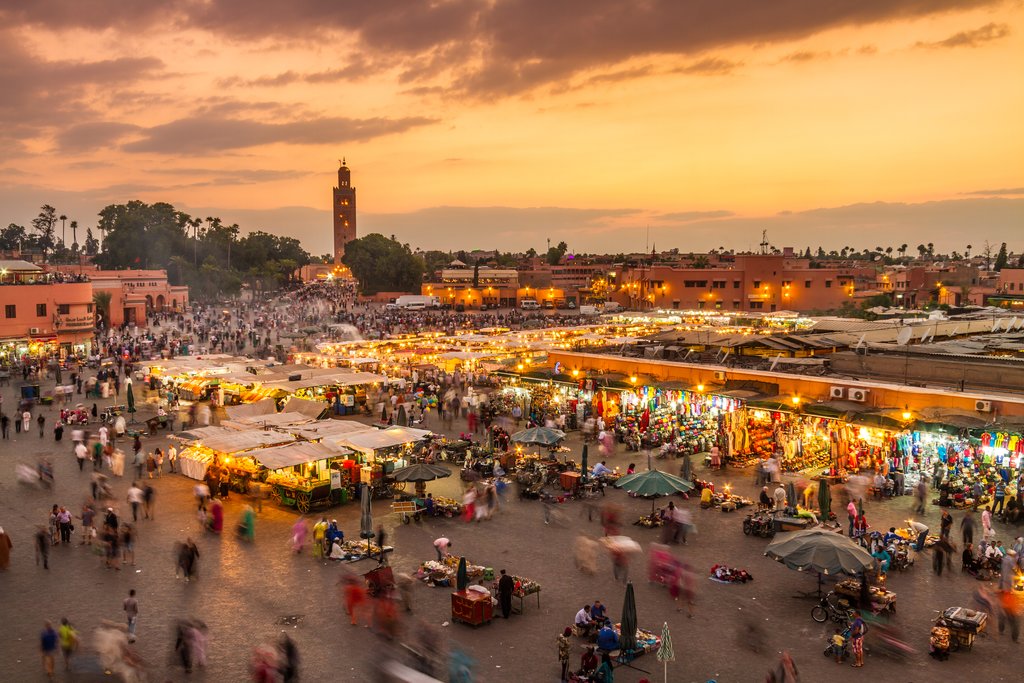
Marrakech has Berber rather than Arab roots. It was once an important trading center for the Berber tribes of the Atlas Mountains, as well as trade routes through Ouarzazate and the sub-Sahara. Meet your guide and start exploring the Marrakech medina souks (markets). Indulge your senses as you browse the assortment of products, which range from dates, figs and tea to kaftans, lanterns and rugs. Observe the spacious spaces along the alleys; these fondouks or caravansaries were originally lodgings for traders and visitors.
Explore the intricately carved cedar, sculpted plaster, and zellij tile work of the Islamic Ben Youssef Madrasa school from the 16th century. To see other examples of contemporary and conventional Moroccan art and antiques, visit the Marrakech Museum, which is situated in the Moorish Dar Mnebbi Palace from the 19th century. Before visiting the Bahia Palace and the El Badi Palace, explore the Kasbah neighborhood and the 500-year-old Saadian Tombs. Before boarding your aircraft back to your home country, you might want to take a break from the heat and throng in Ville Nouvelle’s Majorelle Gardens.




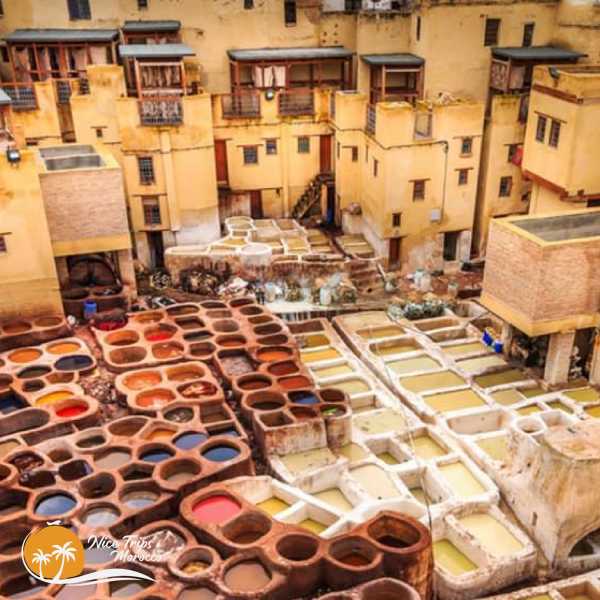
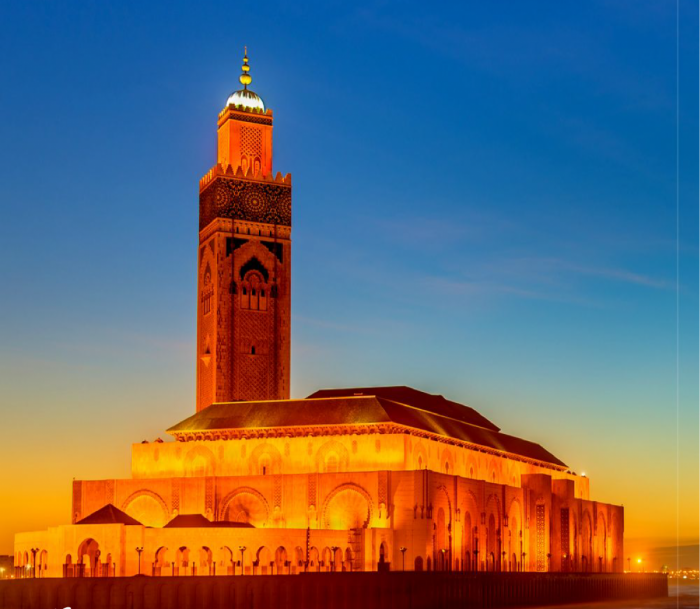

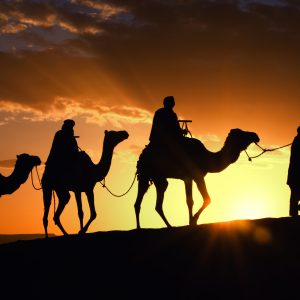

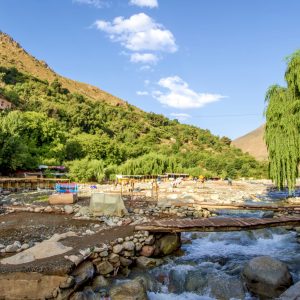
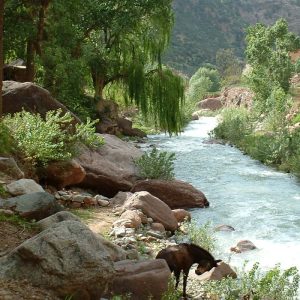
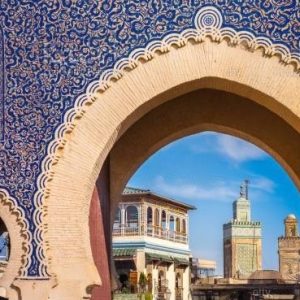
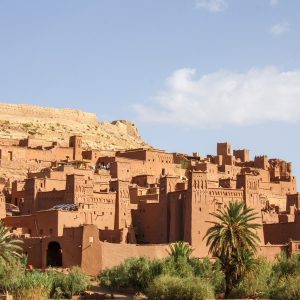
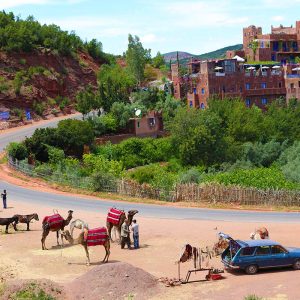
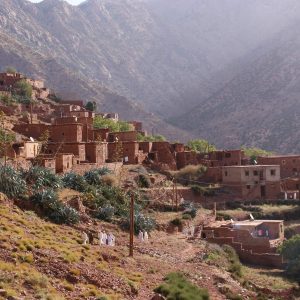


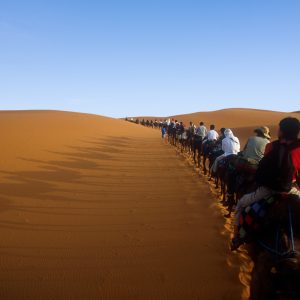
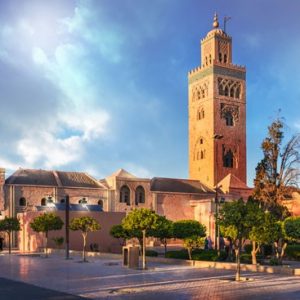


Reviews
There are no reviews yet.